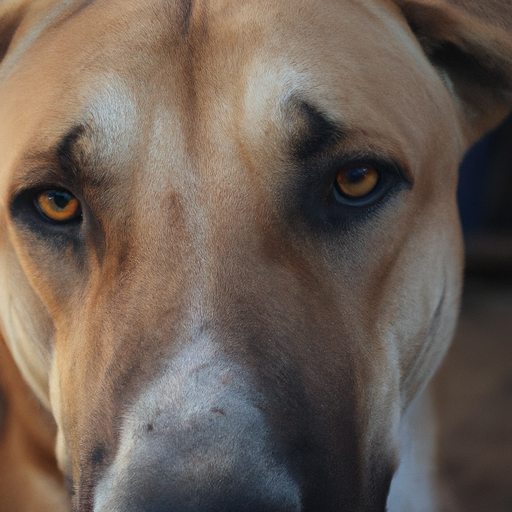When your canine companion gives you that adoring look, the last thing you want to see is red, swollen eyes. As a pet parent, it’s natural to worry when something appears off with your dog, but rest assured, this guide will provide you with all the information you need to understand and address this issue.
- Key Takeaways
- Understanding the potential causes for red and swollen dog eyes
- Identifying relevant symptoms and signs
- Discussing preventive measures and treatment options
- Knowing when to seek professional help
Potential Causes of Red and Swollen Eyes in Dogs
Just like humans, dogs may experience eye issues due to a variety of reasons. Some of the most common causes include:
- Allergies: Dogs can have allergic reactions to various substances, from pollen to certain foods. If your dog’s eyes are red and swollen, it could be a sign of an allergic reaction.
- Infections: Bacterial or fungal infections can result in red and swollen eyes. These can be contracted from dirty environments or other infected animals.
- Injury: A physical injury to the eye, such as a scratch or blow, can cause inflammation and redness.
- Foreign Body: A foreign object lodged in the eye can induce symptoms like redness, swelling, and discomfort.
Identifying Symptoms and Signs
In addition to redness and swelling, there are other signs you should look out for:
- Increased blinking or squinting
- Discharge from the eyes
- Changes in eye shape or size
- Pawing at the eyes
If any of these signs are observed, it is crucial to address them promptly. OneTopDog provides a comprehensive guide on how to spot common canine eye problems.
Preventive Measures and Treatment Options
Prevention is always better than cure. Regular eye checks, a clean environment, and a balanced diet can help keep your dog’s eyes healthy.
If your dog’s eyes are already red and swollen, there are several treatment options available:
- Medication: Eye drops or ointments may be prescribed to treat infections or allergies.
- Surgery: In severe cases, surgical intervention may be required.
- Home Remedies: Saline washes can provide relief from minor irritations.
Before proceeding with any treatment, always consult a vet. You can find further advice on managing common dog health issues on OneTopDog.
When to Seek Professional Help
If your dog’s eye condition does not improve within a day or two or if it worsens, it’s time to consult your vet. Immediate veterinary attention is also necessary if your dog seems to be in pain or is having difficulty seeing.
Frequently Asked Questions
- Can I use human eye drops on my dog?
-
It’s not recommended to use human medication on dogs without vet approval. Some ingredients may be harmful to dogs.
-
How can I clean my dog’s eyes at home?
-
A soft, damp cloth or cotton ball can be used to gently wipe your dog’s eyes. Be sure to read OneTopDog’s guide on dog grooming for more tips.
-
Can red and swollen eyes be a sign of a more serious condition?
- Yes, eye symptoms can be indicative of underlying health issues, such as glaucoma or dry eye syndrome. Always consult a vet if you’re unsure.
Remember, you know your dog best. If something seems off, it probably is. Don’t hesitate to seek professional help. The American College of Veterinary Ophthalmologists is a great resource for finding specialized care.
Your dog’s eyes are a window to their health. By staying informed and vigilant, you can ensure they remain bright and clear. After all, there’s nothing quite like the love seen in a dog’s eyes.



